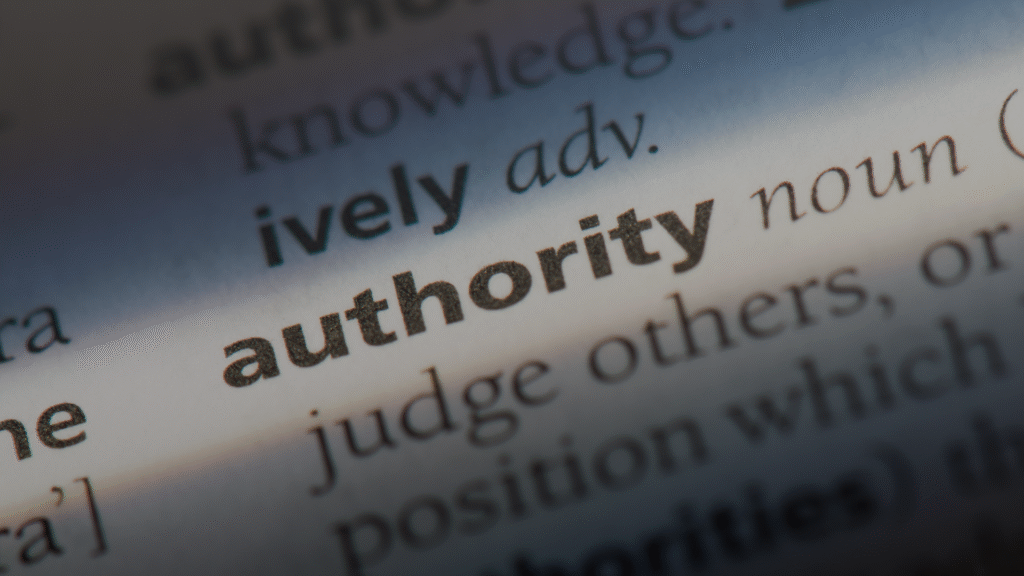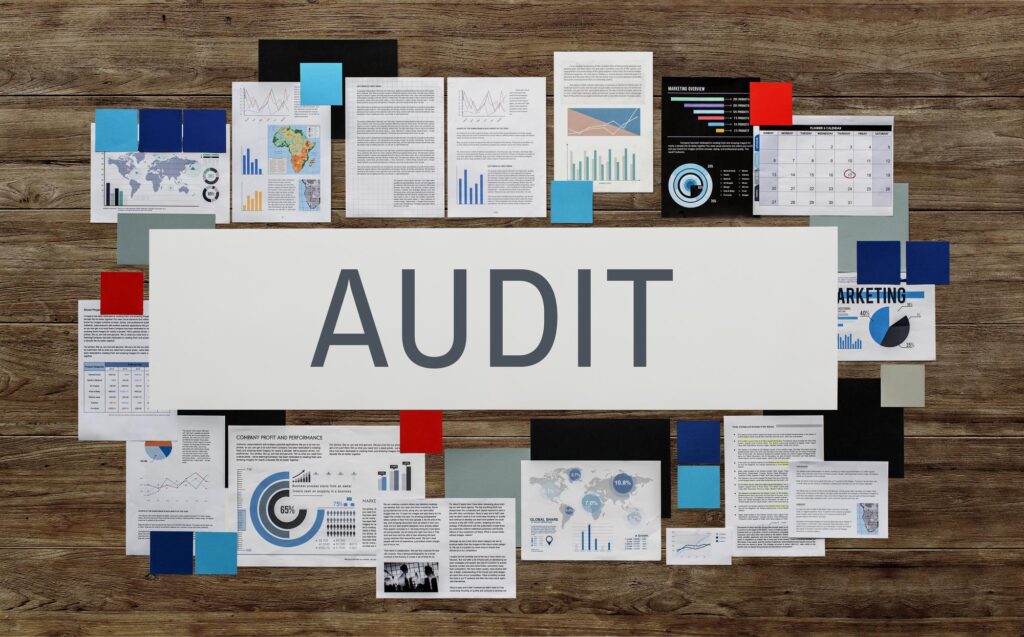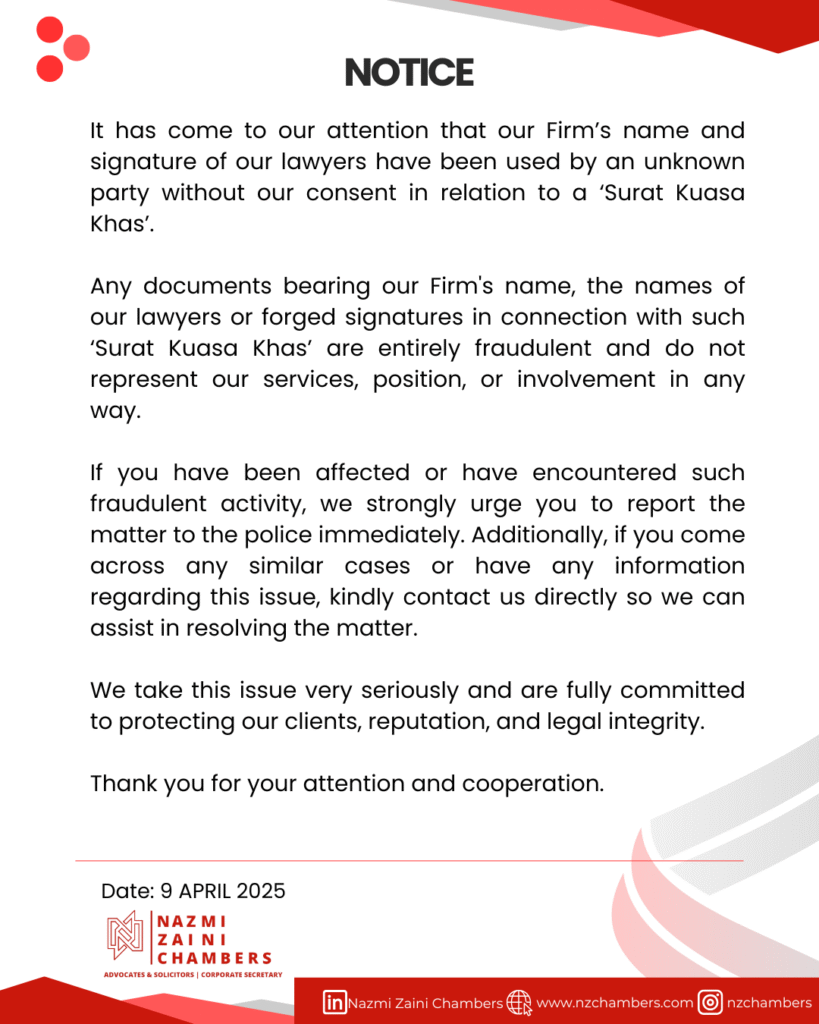Introduction
Money lending is the act of lending of money at interest, with or without security, from a lender to a borrower[1]. In Malaysia, the money lending business is especially regulated by the Moneylenders Act 1951 (‘Act’) subject to the exception provided under the First Schedule of the ACT. Besides the ACT, there are also two regulations regulating the money lending business, which are the Moneylenders (Control and Licensing) Regulations 2003 (“MCLR”) and the Moneylenders (Compounding of Offences) Regulations 2003. These laws are administered by the Ministry of Local Development Department (‘KPKT’).
In 2019, the KPKT launch the term of “credit community” to refer to the licensed moneylenders in order to raise the public awareness and to ease the public access towards the legitimate and licensed financing providers.[2] The expansion of the licensed credit community under the purview of KPKT has extended onto the online moneylending services wherein companies like Axiata Digital Capital Sdn Bhd, BigPay Later, Grabfin Operations (M) Sdn Bhd were given additional online moneylending license to offer their money lending services.[3]
In today’s article, we will discuss the requirements to apply for a money lending license, requirements of money lending agreement and key case laws pertaining to money lending businesses.
Requirements For Licensed Entity: How to Become A Licensed Entity For Moneylending Business?
Section 5A of the Act and Section 3 of MCLR provides for the procedures to become a licensed entity for moneylending business. A prospective licensee must apply in accordance with the form prescribed in Schedule A of the MCLR to the Registrar by way of writing. Prior to making a new application, the applicant must have an issued and paid-up capital in cash of not less than RM 2,000,000[4]. For renewal of licence, the licensee shall apply pursuant to the prescribed form in Schedule D wherein the licensee must show a RM 500,000 profit for three consecutive years[5].
Furthermore, the applicant shall produce a statutory declaration as specified in Schedule C of the MCLR and together with a corroboration letter on his suitability, signed by a police officer (Regulation 4, MCLR). The purpose of the statutory declaration is to certify that the applicant in not an undischarged bankrupt, attained the age of majority, and has never been associated with a moneylending business which has been wound up or dissolved by the court.
Furthermore, for a money lending business to be a licensed entity, the person who is carrying out the business shall be a “fit and proper person”. Hence, the test has been incorporated into Section 9 of the Act to discover the prior. This section states six grounds for refusal of a license which are a bankrupt, revocation of a moneylending license, a conviction under the Penal Code or the Act, evidence of bad character and not a “fit and proper person” to hold a licence.
As for online money lending services, licensed entities require an additional approval from the KPKT for them to offer online money lending services to the public. Licensed entities shall adhere to the guidelines provided by KPKT, among others, the reliability, cybersecurity, and the access control of the online platform.[6] The crucial part in applying for the online money lending licence is for the licensed entities to provide the KPKT with a comprehensive plans and certification in relation to the online platform including the journey mapping of the application, codes, security features, cyber risk detection and prevention and the recovery plan.[7]
The Requirement of Moneylending Agreement Pursuant to The Act
There are two types of moneylending agreement pursuant to the Act and MCLR which are unsecured lending agreement and secured lending agreement. They are classified as Schedule J and Schedule K respectively.
Unsecured personal lending is limited and are generally available on short term to persons with steady employment[8]. Moreover, the unsecured loan does not require collateral which means there is no guarantee beyond a signed loan agreement. Hence, the interest rate is higher for unsecured loan that may exceed 18%[9]. Secured lending is given based on having a collateral made to the lender. For instances, taking loans by making a plot of land, car, stock portfolio and/or gold assets the collateral. Section 17A of the Act state the interest of a secured loan shall not exceed to 12% per annum[10].
To lend money as unsecured lending, the agreement must be drafted based on Schedule J. The requirements are mentioning of the Lenders details, Borrower’s details, the principal sum, to have instalment repayments paid on a mentioned date, if default is made lender is entitled to change simple interest on the unpaid sum of instalment which shall be 8% per annum, state the formulation of interest calculation, right of action taken by the Lender if the Borrower failed to make the payment, compliance with the law, the Stamp duties and attestation fees shall be borne by the Borrower and services documents shall be in writing. Besides the prior, there shall at least be 2 witnesses who are Borrower and Lender.
Whereas, for secured loan the requirements of agreement are made pursuant to Schedule K. The secured loan agreement is like Schedule J except it also contain paragraphs such as security, Lender’s responsibility regarding security and interpretation of the word security. The agreement must have a separate document in the name of The First Schedule to be included at the final stage of the agreement. The First Schedule contains simplified details of the agreement.
Key Cases on Money Lending Activities
A common issue in relation to moneylending agreement is pertaining to the separation between friendly moneylending and business of moneylending. In general, moneylending activities are not governed by the Act except when the said moneylending activities are carried out as a business. The rebuttable presumption to identify a business of moneylending is the imposition of interest rate pursuant to Section 10OA of the ACT. However, single imposition of interest will not ultimately impose the lender as moneylender according to the ACT. Section 2 provides the definition of moneylenders as follows: –
“moneylender” means any person who carries on or advertises or announces himself or holds himself out in any way as carrying on the business of moneylending, whether or not he carries on any other business;
In the Federal Court case of Ngui Mui Khin & Anor V. Gillespie Bros & Co Ltd[11], the Court held that the definition of moneylenders shall be referred to the definition under Section 2 of the Act and there shall be a form of continuity or system or repetition of similar transactions. In the Court of Appeal case of Sureshraj Krishnan v. Pv Power Engineering Sdn Bhd & Anor[12], the presumption of moneylending business was discussed wherein the Court of Appeal held that, among others, a single or multiple lending to a relative for money assistance would not fulfil the definition of a moneylenders pursuant to Section 2 of ACT.
Further, in relation to the validity of the money lending agreement pursuant to the ACT, the High Court in Chong Ah Kwai V. Ngok Ngoh[13] parties do not have the liberty to contract out the statutory terms under Schedule J or Schedule K from their money lending agreement. However, unlike the statutory agreement under the HDA 1966 which will only nullify the specific provisions that contrary to the statute, the money lending agreement that contrary to the prescribed form will be void and unenforceable.[14]
Conclusion
In conclusion, a comprehensive regulation on money lending industries is required to ensure the public’s interest are preserved from any illegitimate financier such as ‘shark loan lender’ and so on. The money lending market specifically under the Act serves as a secondary market to provide financing especially for the unbanked communities and at large serves as liquidity providers to the Malaysian economy. However, it can be seen that there is a need for a centralized regulation and regulator for the financial industry at large as the current status quo is that the money lending other than banking institutions are regulated by KPKT.
It should be noted that in 2021, the government of Malaysia announced during the tabling of the budget 2022 that the government, headed by the Bank Negara Malaysia will introduce and enact a centralize credit regulation called Consumer Credit Act (‘CCA’). The CCA is still under public consultation and drafting process wherein the Consumer Credit Oversight Board Task Force (‘CCOB’) with the collaboration with other ministries such as KPKT will drive the effort and enactment of the said CCA.[15]
Authors
- Azrul Haziq Khirullah
- Kalairupa Arunasalam
03 February 2023
Bibliography
Websites
- The Sun Daily. (2019, April) Licensed money lenders now known as credit community.
(https://www.thesundaily.my/local/lincensed-money-lenders-now-known-as-credit)
- Ringgit Plus. (2020, November) AirAsia, Grab, Axiata Subsidiaries Among Eight Companies Approved to Provide Online Loans.(https://ringgitplus.com/en/blog/loans/airasia-grab-axiata-subsidiaries-among-eight-companies-approved-to-provide-online-loans.html)
- Senarai Semak Permohonan Lesen Baharu Pemberi Pinjam Wang Di Bawah Akta Pemberi Pinjam Wang 1951 [Akta 400] perenggan 2.2 (https://ideal.kpkt.gov.my/)
- Central Bank of Malaysia. (2022, August) Consumer Credit Oversight Board Task Force Invites Feedback on Proposed Enactment of Consumer Credit Act. (https://www.bnm.gov.my/-/ccobtf-invites-fdbk-cca-cp1)
Journal Articles
- The Journal of Economics and Management (3)(1). (2009) The Licensing System under The Malaysian Moneylenders Act 2003.(http://www.ijem.upm.edu.my/vol3no1/bab01.pdf)
- Malayan Law Journal. (1996) Credit And Security
- Malayan Law Journal;(2004). Who Is A Moneylender In Year 2003?
Book
- Garis Panduan Pemberian Pinjaman Wang Dalam Talian (Kredit Komuniti); paragraph 5. (https://www.kpkt.gov.my/kpkt/resources/user_1/MENGENAI%20KPKT/BORANG/BPWG/PPW/PPW_PEMBERIAN_DALAM_TALIAN/KK_GARIS_PANDUAN_PEMBERIAN_PINJAMAN_WANG_DALAM_TALIAN_(KREDIT_KOMUNITI)_06092021.pdf)
Case laws
- Ngui Mui Khin & Anor v. Gillespie Bros & Co Ltd [1979] 1 MLRA 313
- Sureshraj Krishnan v. Pv Power Engineering Sdn Bhd & Anor [2023] 2 MLRA 186
- Chong Ah Kwai v. Ngok Ngoh [2011] 3 MLRH 120
- Loh Tina & Ors v. Kemuning Setia Sdn Bhd & Ors and Another Appeal [2020] 4 MLRA 450
Legislation and regulations
- Moneylenders Act 1951
- Moneylenders (Control and Licensing) Regulations 2003
- Moneylenders (Compounding of Offences) Regulations 2003
[1] Section 2 of the Act
[2] https://www.thesundaily.my/local/lincensed-money-lenders-now-known-as-credit-community-CB762422
[3] https://ringgitplus.com/en/blog/loans/airasia-grab-axiata-subsidiaries-among-eight-companies-approved-to-provide-online-loans.html
[4] Senarai Semak Permohonan Lesen Baharu Pemberi Pinjam Wang Di Bawah Akta Pemberi Pinjam Wang 1951 [Akta 400]
[5] http://www.ijem.upm.edu.my/vol3no1/bab01.pdf
[6] Para 5 of the Garis Panduan Pemberian Pinjaman Wang Dalam Talian (Kredit Komuniti)
[7] ibid
[8] Credit And Security [1996] 3 MLJ I authored by Wu Min Aun
[9] Who Is A Moneylender In Year 2003? [2004] 3 MLJ cxxi authored by SY Kok
[10] ibid
[11] [1979] 1 MLRA 313
[12] [2023] 2 MLRA 186
[13] [2011] 3 MLRH 120
[14] Loh Tina & Ors V. Kemuning Setia Sdn Bhd & Ors And Another Appeal [2020] 4 MLRA 450
[15] https://www.bnm.gov.my/-/ccobtf-invites-fdbk-cca-cp1





